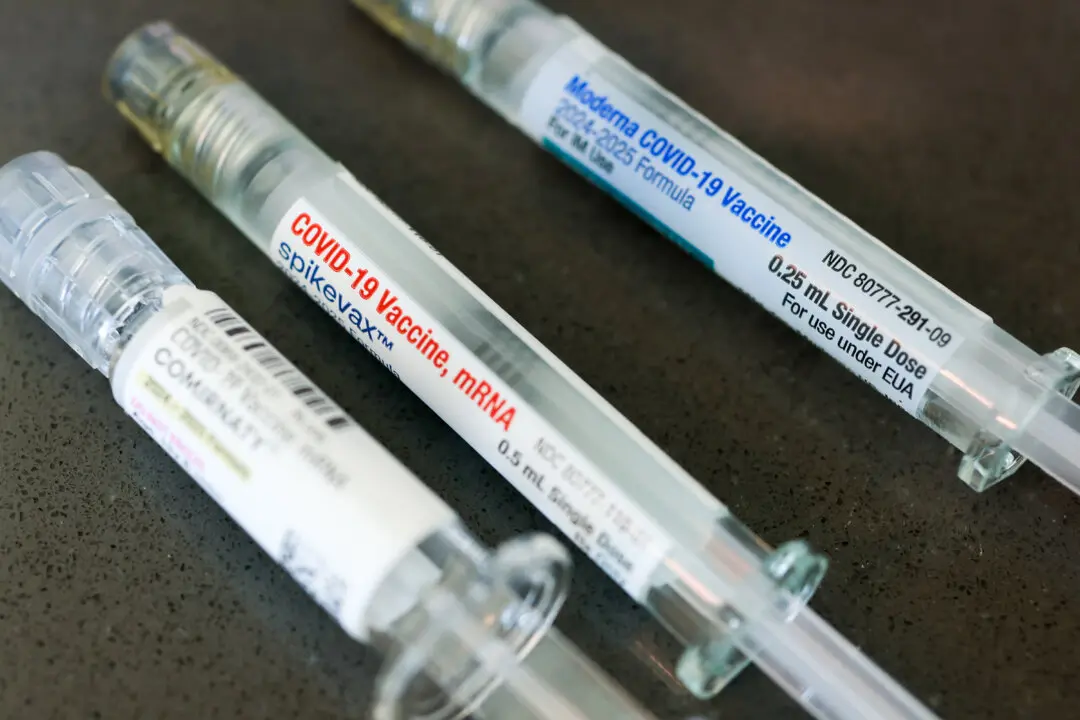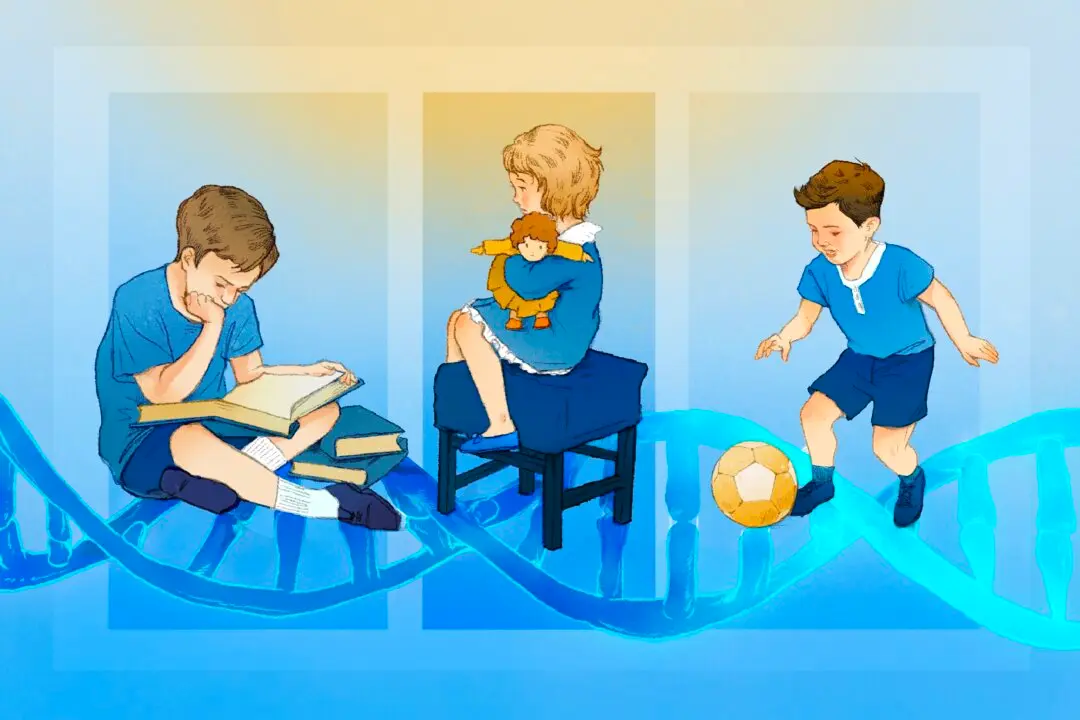A study from the University of Texas brings new hope in repairing tissue injury caused by blocked blood flow brought on by a heart attack or stroke.
Researchers at the university created a stem cell factor (SCF) designed to target the growth of blood vessels without causing adverse responses through allergic reactions, said the study published in Nature Communications on May 6.






